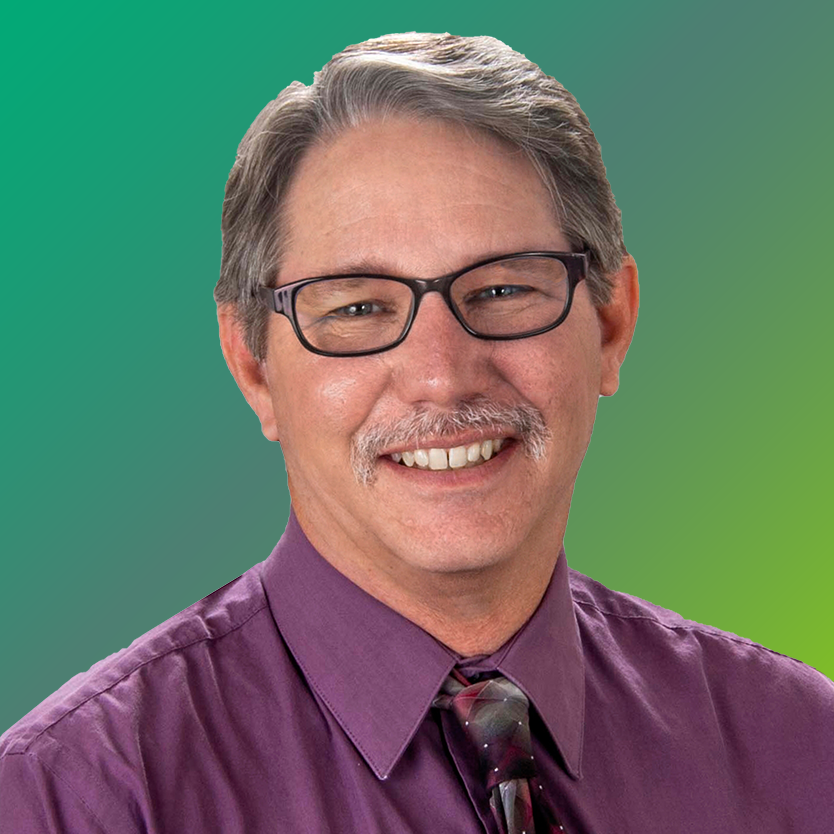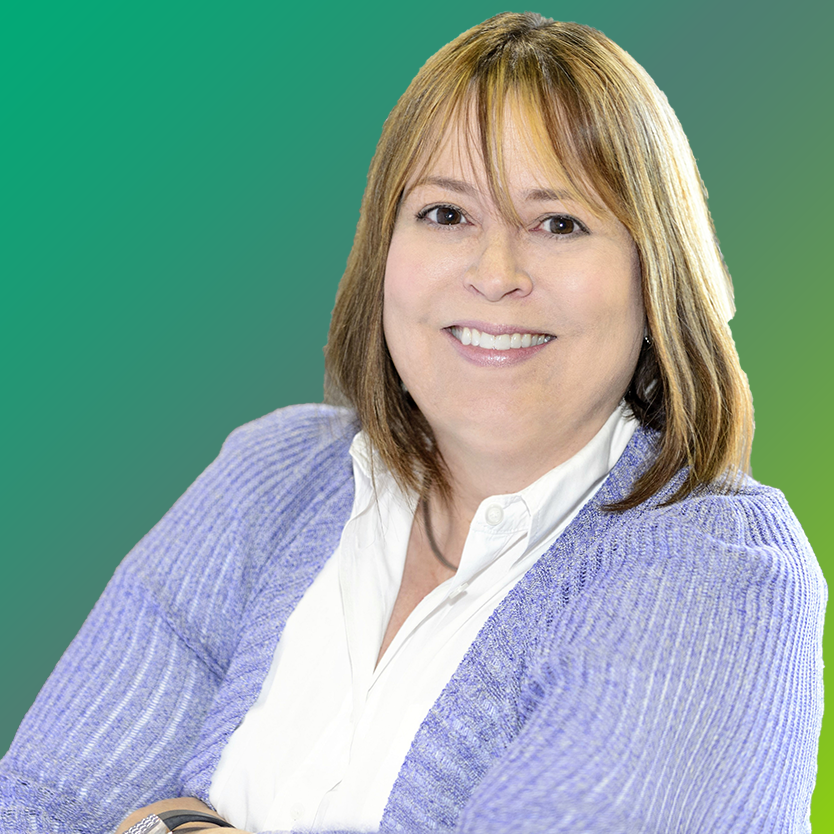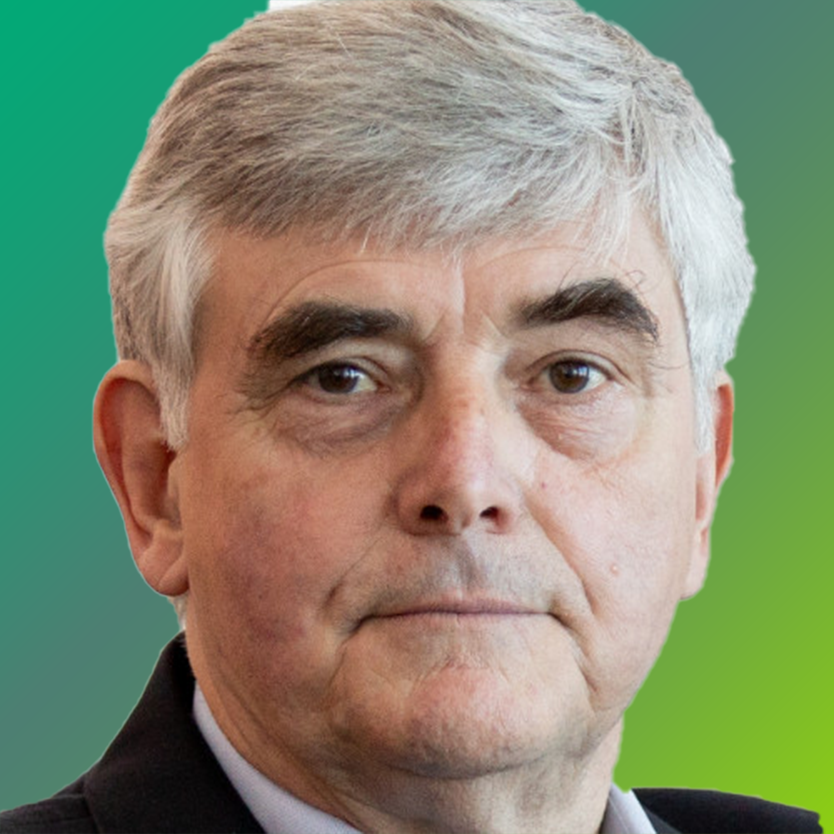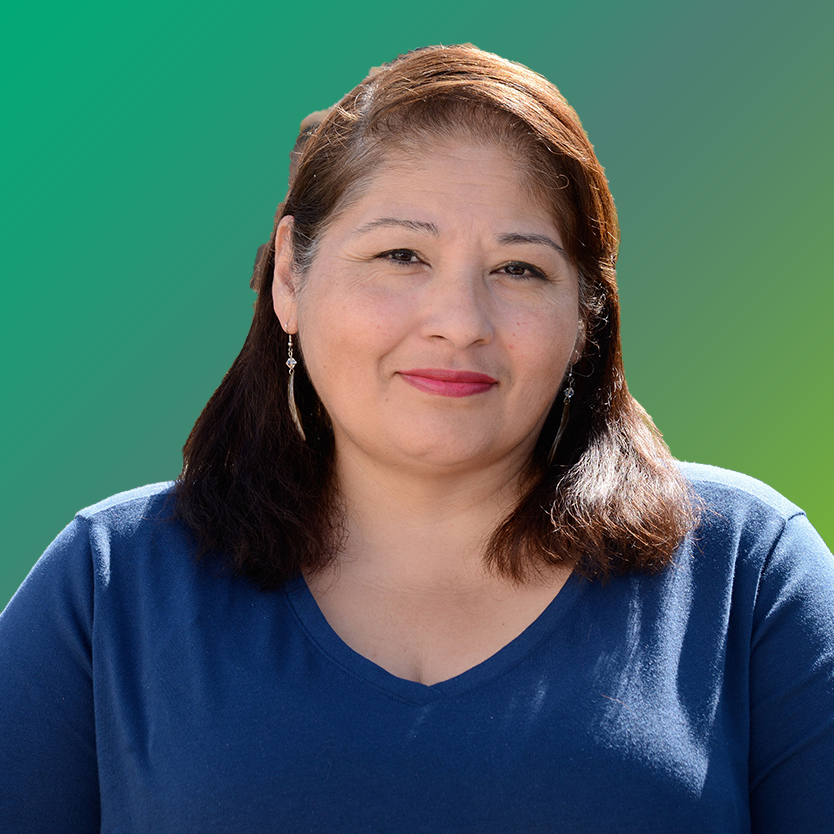|
Session B8.1
Uncovering History in the South Central Light Rail Project
Robert Forrest & Audrey Unger
11:00 – 11:30 PM (PT) | 2:00 – 2:30 PM (ET)
| About the Presentation |
|
For more than 1,000 years, the Hohokam people inhabited the Phoenix area resulting in a major city with one of the largest concentrations of archeological sites in the nation. Valley Metro's South Central Light Rail project crosses through one of the largest Hohokam villages along the Salt River.
The cultural resources effort on this project faced two significant challenges: The first was related to developing a Memorandum of Agreement and a Historic Properties Treatment Plan early in the design phase of the project. Early and extensive consultation with the Federal Transit Administration, State Historic Preservation Office, City Archaeologist, and the Four Southern Tribes helped develop these documents. However, unforeseen circumstances resulted in a change in approach, additional consultations, and, inevitably, lessons learned.
The second challenge is associated with conducting archeological data recovery, monitoring and a light rail construction simultaneously in a heavily traveled corridor and urban community, all during a global pandemic. Additionally, data recovery and construction monitoring discovered significantly more features than previous research would have indicated and introduced further challenges related to construction scheduling and staffing.
 Cultural Track, 0.5 AICP Credits Cultural Track, 0.5 AICP Credits
|
| About the Speakers |
|
 Robert Forrest Robert Forrest
Manager, Environmental Programs
Valley Metro
Robert Forrest is the Environmental Program Manager for Valley Metro, the Regional Transit Authority, managing the environmental review process for light rail and streetcar projects. Robert has over 25 years' experience in the National Environmental Policy Act with special expertise working with engineers and contractors developing projects with minimal impacts, federal environmental regulations such as the Clean Air Act, National Historic Preservation Act, and Endangered Species Act. Robert also has 30 years of experience as a wildlife biologist in Arizona working with a variety of threatened and endangered species. He holds a Bachelor and Master of Science degree in Wildlife Management from the University of Arizona.
|
|
 Audrey Unger Audrey Unger
Environmental Sciences and Planning Section Manager
HDR
Audrey Unger is a senior environmental planner and certified project manager with 19 years of experience on a wide variety of environmental projects including having prepared over 100 categorical exclusions and multiple environmental assessments (EAs), EA reevaluations, and Environmental Impact Statements for transit and department of transportation agencies. She is a proven "hands-on" National Environmental Policy Act (NEPA) compliance expert with a demonstrated results-oriented track record of preparing and managing projects and obtaining legally defensible approvals. As a result of Audrey's extensive experience and track record she also serves as an HDR national transit environmental resource working with colleagues and clients across the United States to strategizing NEPA approach and solving environmental concerns before they become issues on projects.
|
Session B8.2
Mapping a Methodology: Using GIS to Streamline Identification of Historically Significant Resources
Sebastian Renfield & Brian Matuk
11:30 – 12:00 PM (PT) | 2:30 – 3:00 PM (ET)
| About the Presentation |
|
Within the Cultural Resources field, the use of GIS technology offers an array of tools to aid in identification and documentation of historically significant resources. Although historians most frequently use GIS to map the locations of known resources, GIS can be leveraged to address challenges when considering potential significance for a large number of similar resources. This is especially useful when considering potential significance under National Register Criterion A - screening for resources that may be historically significant for association with events or broad patterns of history, rather than specific physical features represented in existing datasets. A predictive approach rooted in the National Register guidelines can be invaluable when dealing with larger thematic studies, allowing research and survey to narrow down and focus on the resources most likely to be historically significant. In this presentation, historians Sebastian Renfield and Brian Matuk will discuss several case studies where we used GIS technology to turn a more abstract evaluation methodology into a set of processes for geospatial analysis.
In one instance, we used GIS to refine a pool of nearly 350 historic-age bridges to identify which structures had the potential to be associated with certain defined historic themes in state and regional history. In the other case, the challenge was to streamline evaluation of more than 200 state highways, knowing that many were unlikely to meet the threshold for significance based on the existing evaluation criteria. Starting with the essential questions, such as "what are the ways in which a property can demonstrate historical significance?" and "how can we model that in a geospatial analysis?"—this presentation will look at the ways we used existing geospatial data, georeferenced maps, and other sources to elevate the most likely candidates for further study.
 Cultural Track, 0.5 AICP Credits Cultural Track, 0.5 AICP Credits
|
| About the Speakers |
|
 Sebastian Renfield Sebastian Renfield
Historian
Mead & Hunt, Inc.
Sebastian Renfield is an architectural historian at Mead & Hunt, Inc., with nearly ten years of experience in the Cultural Resources field. He holds a Master of Science degree in Historic Preservation from the University of Vermont. Based in Minneapolis, Minnesota, he has had the opportunity to work on statewide surveys of historic roads and bridges across the U.S., including Alaska, Idaho, Minnesota, Oklahoma, Texas, and Louisiana. Most recently, he developed the GIS-based screening tool for Minnesota's historic Trunk Highways.
|
|
 Brian Matuk Brian Matuk
Historian
Mead & Hunt, Inc.
Brian Matuk is an architectural historian at Mead & Hunt, Inc., with eight years of experience documenting, evaluating, and researching historic buildings, bridges, and landscapes. He holds a Master of Science degree in Historic Preservation from the University of Oregon. Based in Sacramento, California, he has surveyed and evaluated a wide variety of property types in various settings along the West Coast and around the U.S. for environmental project compliance at both the state and federal levels.
|
Session B8.3
Going Beyond the Required Checkboxes: Building Trusted Tribal Partnerships
Amanda Roberts, PMP; Nic Frederick, David Boyes, & Desiree Martinez
12:00 – 12:30 PM (PT) | 3:00 – 3:30 PM (ET)
| About the Presentation |
|
Building the right team for environmental planning can be a complicated puzzle. It requires critical identification of priorities, continuous communication, and a shared commitment to creating an inclusive and culturally sensitive engagement process.
Presented by a group of practitioners who have created inclusive public engagement processes for several large federal projects, this session explores methods to expand beyond the typical stakeholder list and build trusted relationships with Tribal Nations. This panel discussion will provide unique perspectives from cultural resources, environmental planning, and public involvement experts. Best practices presented will include how to establish a timeline, develop outreach strategies to encourage Tribal participation, identify the appropriate contacts and how to build long-term relationships with Tribal stakeholders for lasting results.
 Cultural Track, 0.5 AICP Credits Cultural Track, 0.5 AICP Credits
|
| About the Speakers |
|
 Amanda Roberts Amanda Roberts
Partner & Chief Marketing Strategist
Avid Core
For more than a decade, Amanda has worked as a federal government contractor on a wide range of outreach and communications projects. Amanda previously managed a contract with the Department of the Interior for environmental collaboration and conflict resolution where Amanda led public involvement projects for large environmental planning efforts including oil and gas development and threatened species conservation. She started supporting environmental planning with the U.S. Customs and Border Protection in June 2018.Amanda graduated from Ithaca College in 2006 with a degree in Integrated Marketing Communications. She holds a Project Management Professional (PMP) certification from the Project Management Institute. She grew up in Northern Virginia and currently lives in Fairfax with her husband and two young children.
|
|
 Nic Frederick Nic Frederick
Senior Environmental Project Manager
DAWSON
Mr. Frederick has over 11 years of experience managing environmental projects, including NEPA, Natural and Cultural Resources, and public involvement and planning. He is an at-large board member with the National Association of Environmental Professionals (NAEP) and heads the communications committee. As a member of the board, he has helped spearhead the initiative to broaden the scope of services offered by NAEP. As such, he is the cohost of the newly release NAEP podcast, Environmental Professionals Radio. As a Senior Project Manager at DAWSON, he specializes in environmental policy, environmental justice and water resources, particularly as they relate to the National Environmental Policy Act (NEPA). He has provided general Conservation and Planning services to a wide variety of federal and state clients and has been an important part of the development of these services for DAWSON. Mr. Frederick has demonstrated a consistent ability to prepare written reports and represent his organization to the public in a positive, effective manner. He is a confident public speaker, which has allowed him to handle difficult situations with a variety of concerned interested applicants, agencies, and stakeholders.
|
|
 David Boyes David Boyes
Program Manager
DAWSON
David Boyes is a Program Manager with over 45 years of experience managing and performing oversight for all aspects of environmental programs, including NEPA, Natural and Cultural Resources, RCRA, CERCLA, P2, EPCRA, SPCC and SWPP planning. He established GIS Enterprise for Rhode Island ARNG and guided the leadership in Sustainability initiatives. Mr. Boyes served on the Environmental Advisory Council for the National Guard Bureau and in that capacity also served as the Chairman of the ARNG NEPA Committee. Following his Guard career Mr. Boyes has provided general Conservation and Planning services for multiple Federal agencies as an environmental consultant initially for HDR and currently for the Native Hawaiian Company DAWSON. Recently Mr. Boyes has expanded on his wealth of NEPA expertise by attending International Impact Assessment workshops where he has focused on Cumulative impacts at the Strategic level as well as providing for the true integration of Social, Economic and Health concerns into the Impact analysis process. He has actively engaged with representatives of the major lending Banks as they seek to meet the mounting challenges of performing impact analysis in the highly informed societies of the digital age.
|
|
 Desiree Martinez Desiree Martinez
President
Cogstone Resource Management
Ms. Martinez is a Register of Professional Archaeologists, President of Cogstone Resource Management and a Tongva (Gabrielino) community member. She has over 24 years of experience in the planning, implementation, and completion of all phases of archaeological work and has participated in archaeological investigations as a principal investigator, crew member, and tribal monitor. In addition, Ms. Martinez has extensive experience consulting with Native American leaders and community members in a variety of contexts and is at the forefront of creating and implementing collaborative archaeological agendas at the State and National levels.
|
|

 Robert Forrest
Robert Forrest Audrey Unger
Audrey Unger Sebastian Renfield
Sebastian Renfield Brian Matuk
Brian Matuk Amanda Roberts
Amanda Roberts Nic Frederick
Nic Frederick David Boyes
David Boyes Desiree Martinez
Desiree Martinez

